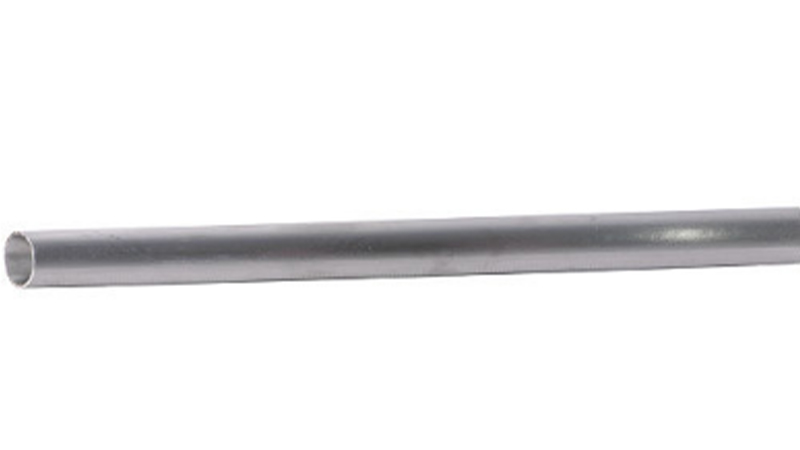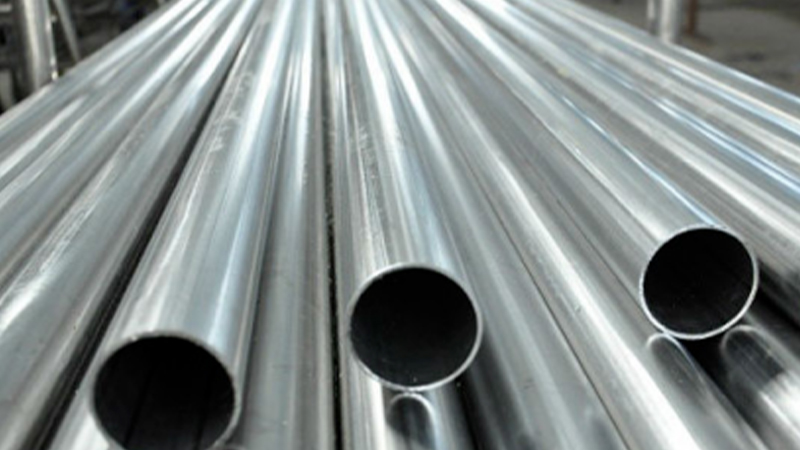Heat exchange tubes are important heat exchange components in heat exchangers because stainless steel heat exchange tubes have good corrosion resistance and heat transfer performance. Therefore, most of the heat exchange tubes we see in our daily lives are stainless steel heat exchange tubes. The raw material of stainless steel heat exchange tubes is stainless steel, and the element content of steel strips of different materials varies, which also affects the performance of stainless steel heat exchange tubes. So, do you know what elements are commonly used in the production of stainless steel heat exchange tubes? How will they affect the performance of stainless steel heat exchange tubes?

1、Chromium is one of the widely used elements in the production of stainless steel heat exchange tubes. Because chromium is an element contained in stainless steel, when chromium reaches 12%, it can spontaneously form a stable, transparent, and very thin passivation film in atmospheric environment or oxidizing medium to prevent corrosion, basically without rusting. Higher alloy content can improve corrosion resistance through strengthening thin films and rapid self-healing thin films. In other words, if chromium is added to the production of stainless steel heat exchange tubes, it can increase the mechanical properties and wear resistance of stainless steel heat exchange tubes, increase the quenching degree and deformation ability of steel after quenching, enhance the hardness, elasticity, diamagnetism, tension, corrosion resistance, and heat resistance of steel.
2、Nickel is an element that stabilizes austenite. Nickel exhibits stable austenite at temperatures ranging from 800 ℃ to 1000 ℃; Below 800 ℃, both ferrite and martensite have stable crystal structures. If nickel is added to the production of stainless steel heat exchange tubes, it can help improve their toughness and ductility, making them easier to process, manufacture, and weld, enhancing their corrosion resistance, and facilitating smooth heat exchange operations.

3、Molybdenum is also an element used in the production of stainless steel heat exchange tubes. If molybdenum is added to the production of stainless steel heat exchange tubes, it can improve the strength of the passivation film on the surface of the stainless steel heat exchange tube, enhance the local corrosion resistance of the stainless steel heat exchange tube, and prevent local corrosion such as pitting and crevice corrosion (especially in the presence of chloride ions in brine or seawater, the degree of local corrosion of stainless steel heat exchange tubes will be greatly reduced); Meanwhile, molybdenum can also enhance the resistance of stainless steel heat exchange tubes to chloride stress corrosion cracking.
4、Silicon and aluminum are also elements that may be used in the production of stainless steel heat exchange tubes. If silicon and aluminum are added in the production of stainless steel heat exchange tubes, the oxidation resistance of stainless steel heat exchange tubes can be improved, especially by adding silicon, which can also improve the casting strength of stainless steel heat exchange tubes and make them easier to cast.
COPYRIGHT © 2025 Zhejiang Mingfeng Pipeline Equipment Co., Ltd
Enterprise information service provider:JCSW